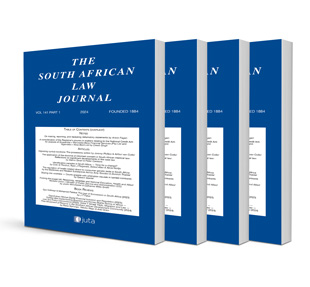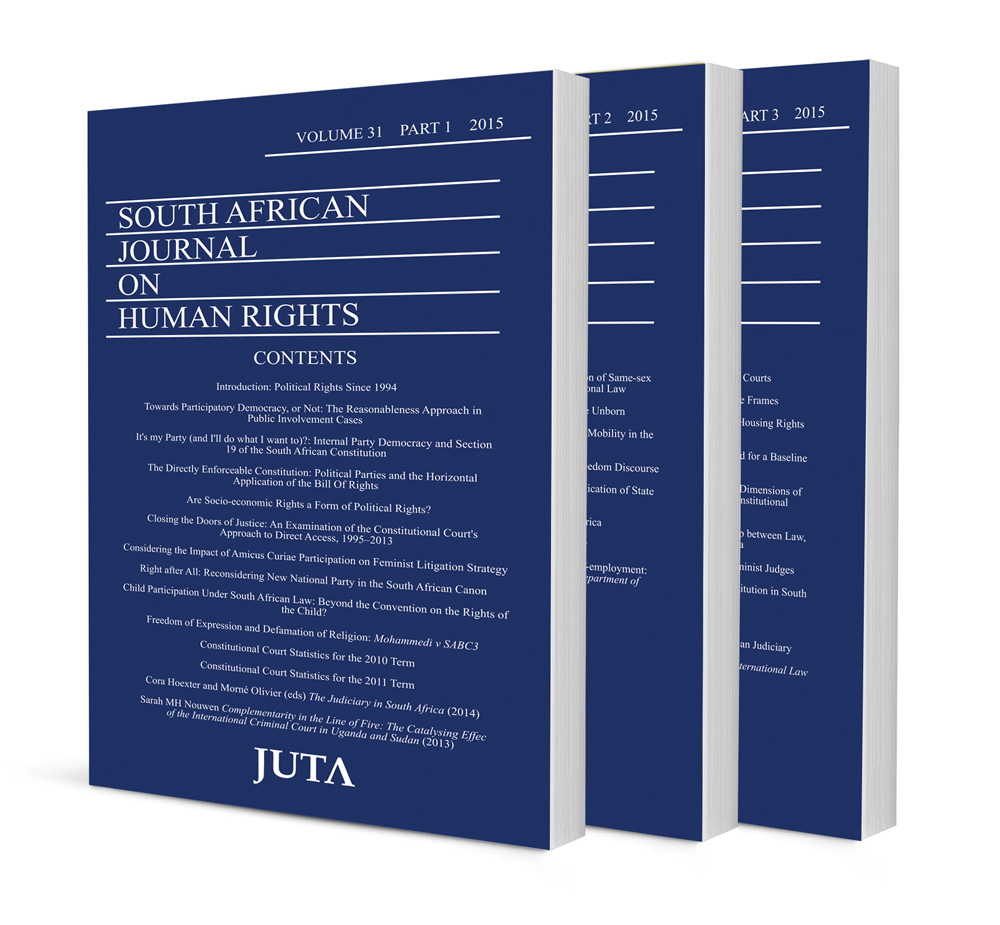The Notion of Absolute and Exclusive Ownership: A Doctrinal Analysis

The Notion of Absolute and Exclusive Ownership: A Doctrinal Analysis
Authors A J van der Walt, Priviledge Dhliwayo
ISSN: 1996-2177
Affiliations: Distinguished Professor and South African Research Chair in Property Law, Stellenbosch University; Post-doctoral Research Fellow, Department of Public Law, South African Research Chair in Property Law, Stellenbosch University
Source: South African Law Journal, Volume 134 Issue 1, 2017, p. 34 – 52
Abstract
In South African law, ownership is usually described as an absolute and exclusive right. The idea of absoluteness can be understood as an indication that ownership is the most complete real right, to distinguish it from limited real rights, or that ownership allows the owner freedom in using the property, but only in so far as the law allows. However, even with these qualifications it remains problematic to describe ownership as an absolute right. This article explores doctrinal perspectives on limitations on ownership and specifically on the right to exclude. It furthermore considers the idea that the absoluteness of ownership implies that the right to exclude is either absolute or central to ownership. The conclusion is that neither ownership nor the right to exclude is absolute in any meaningful sense because ownership is limited by limited real rights and by constitutional and statutory law. Stated differently, ownership and the right to exclude are limited by and within the legal system in which they function.
